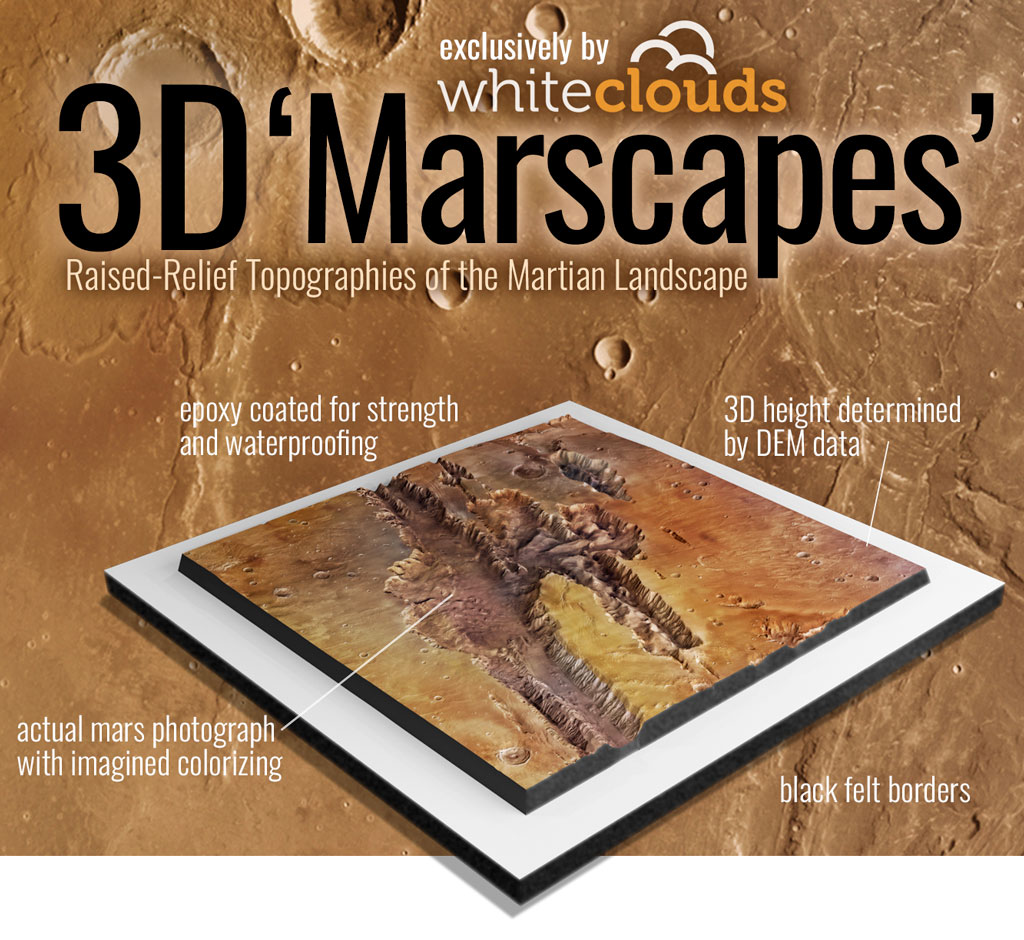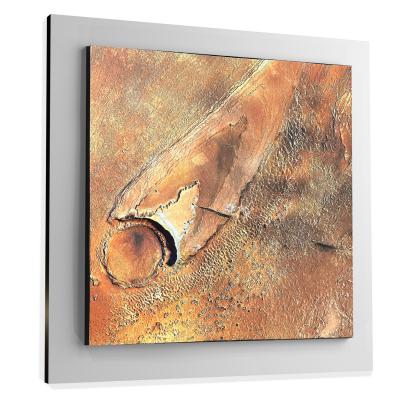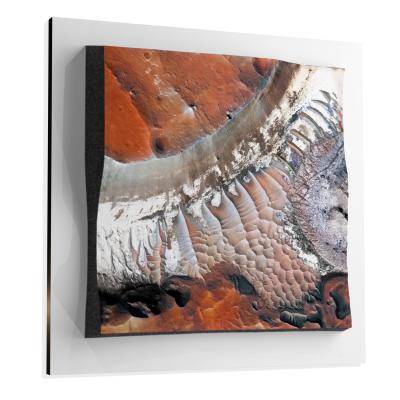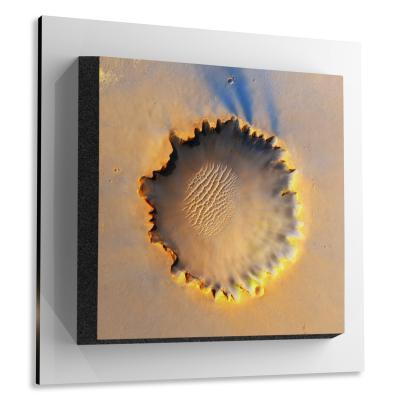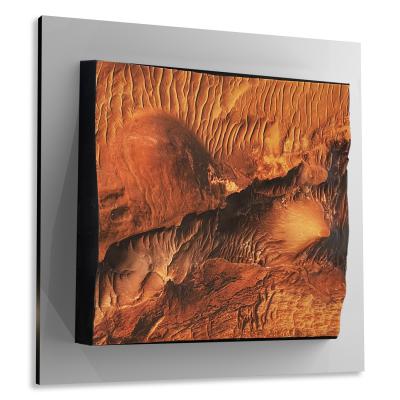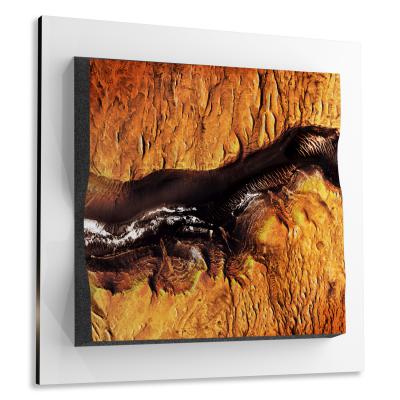Nirgal Vallis
Nirgal Vallis
We Build Custom 8K Mars Canvas Prints of Nirgal Vallis
Did you know we make
custom
8K Mars Canvas Prints

and
3D Marscapes

Nirgal Vallis
Nirgal Vallis, one of the most intriguing channel systems on Mars, presents an invaluable opportunity for scientists to understand the planet’s geological and possibly hydrological history. Named after the Babylonian word for “Mars,” this valley system has caught the attention of researchers ever since it was first observed in images taken from early Martian missions. The channel-like features seen in Nirgal Valles offer tantalizing clues about water flows on Mars, sparking conversations about the planet’s habitability, both past and present.
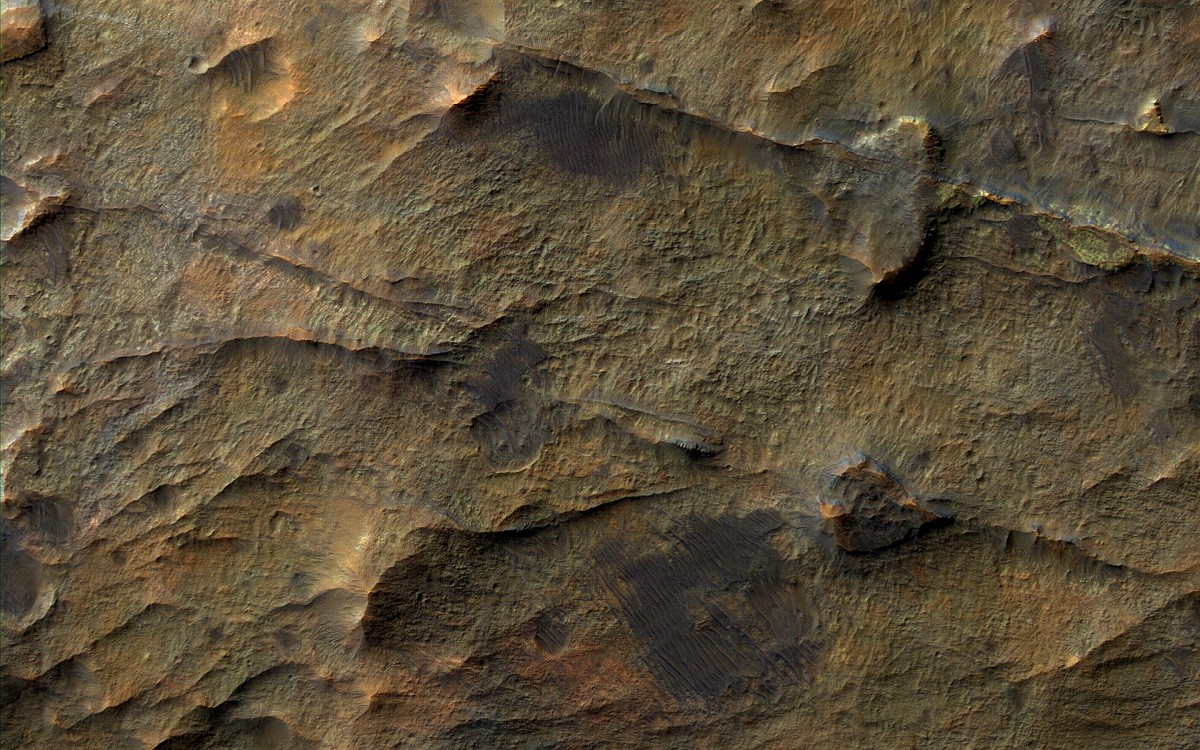 Ridges Near Nirgal Vallis
Ridges Near Nirgal Vallis
Geographical Location
Nirgal Vallis is an intriguing geological formation situated on the surface of Mars within its equatorial belt, specifically in the southern hemisphere. Its coordinates hover around an average latitude of 27.3°S and longitude of 41.5°W. Spanning an awe-inspiring distance of more than 700 kilometers, this meandering valley system provides a geographical bridge between the contrasting terrains of Mars: the southern cratered highlands and the smoother northern plains. This transitional location significantly elevates the complexity of its geological composition, making it a magnet for scientific inquiry. Adding to its allure, the surrounding environs are a mosaic of geological features—ranging from impact craters to expansive plains and additional valley systems like its own. This diversity offers fertile ground for comparative geological research, enhancing the scientific importance of Nirgal Vallis as a key location for unlocking the secrets of Martian geology.
Advertisement
Sample Marscapes
Geological Composition
The geological profile of Nirgal Vallis is a labyrinth of complexity that has evolved over the course of billions of years. Predominantly basaltic in nature, the valley system owes much of its composition to ancient volcanic activity that once scorched the Martian surface. However, the intrigue doesn’t stop there. The area is also punctuated by layers of sedimentary deposits, which strongly suggest a history of sediment accumulation potentially facilitated by the flow of water. Further contributing to its complexity, mineralogical analyses reveal a wide spectrum of mineral compositions including sulfates, various salts, and clays. These minerals typically form in aqueous environments, providing yet another layer of evidence pointing toward a history rich in water-based activity. In summary, the geological composition of Nirgal Vallis is a treasure trove of information that can shed light on a multitude of geological processes that have influenced not only this particular area but also the broader Martian landscape.
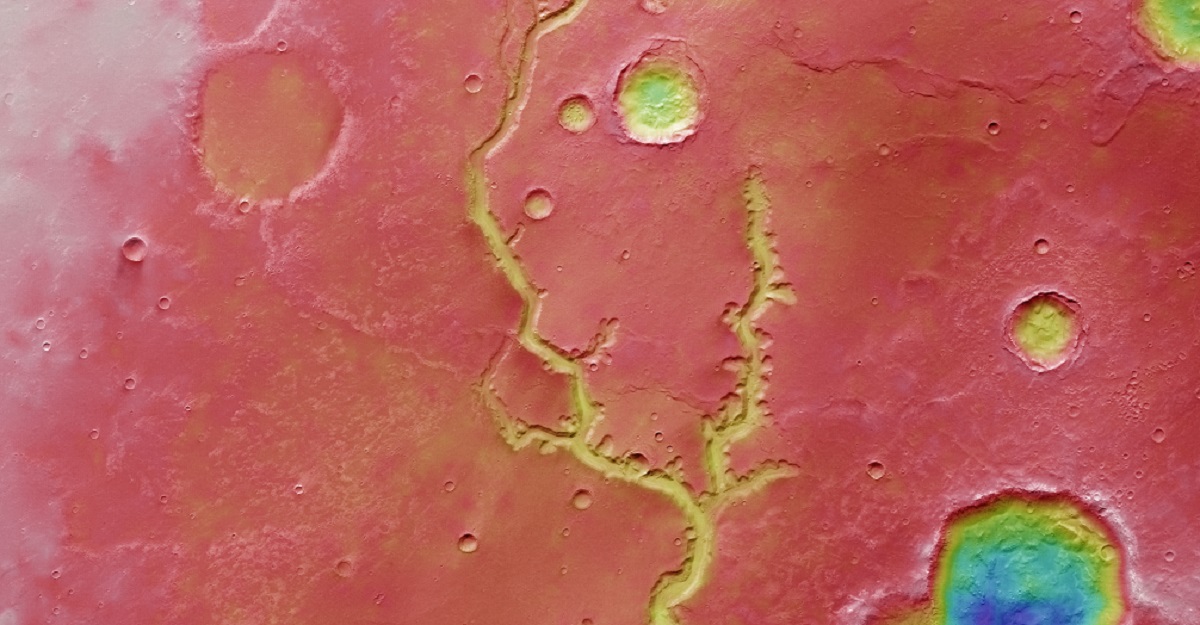 Nirgal Vallis Topographical View
Nirgal Vallis Topographical View
Significant Discoveries
Evidence of Fluvial Activity
The valley’s channel-like features have been a focal point of scientific exploration, and recent studies have led researchers to believe that these were formed by the flow of water. Whether originating from the meltwater of ancient Martian glaciers or from a more stable, long-lasting water cycle, the implications of this fluvial activity are nothing short of groundbreaking. It offers tantalizing clues about Mars’ hydrological past, significantly enhancing our understanding of the planet’s history.
Mineral Deposits
The valley system has also proven to be a rich source of unique mineral deposits. Spectral data have identified the presence of sulfates and clays, among other minerals. Given that these materials usually form in water-rich environments, their presence lends substantial weight to the hypothesis that Nirgal Vallis was once a water-abundant area.
Impact Craters
Within the landscape of Nirgal Vallis, there are several notable impact craters that intersect the main valley and its tributaries. Analyzing these craters and their relationships to the valley’s geological features provides a natural chronometer, allowing scientists to piece together the geological timeline of the valley system, further enriching our understanding of Martian history.
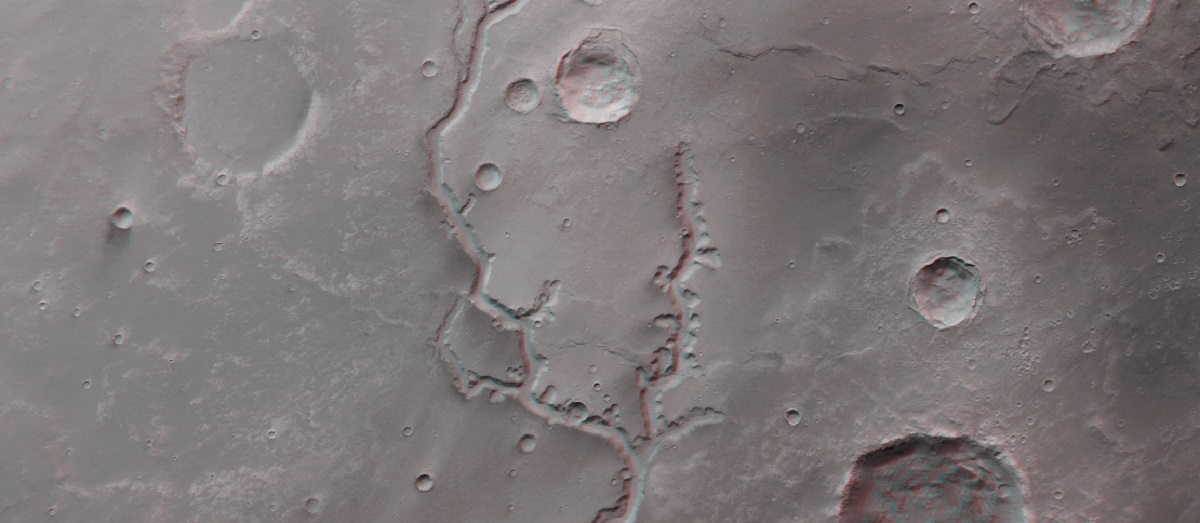 Nirgal Vallis
Nirgal Vallis
Scientific Missions
A variety of missions have turned their instruments towards Nirgal Vallis, capturing invaluable data to deepen our understanding of this Martian enigma. NASA’s Mars Reconnaissance Orbiter (MRO) has been particularly instrumental, utilizing its HiRISE camera to generate incredibly detailed images of the region. Its CRISM instrument has supplemented these visual insights with crucial mineralogical information. The European Space Agency hasn’t lagged behind, with its Mars Express mission providing complementary data. Its High-Resolution Stereo Camera (HRSC) and the OMEGA spectrometer have delivered detailed topographic maps and additional mineralogical data. Furthermore, several proposed future missions aim to land robotic explorers in the vicinity of Nirgal Vallis for more detailed in-situ analysis, making it an ongoing target for Martian exploration.
Geomorphological Features
The geomorphological makeup of Nirgal Valliss serves as a fascinating object of study. The valley system is dominated by an expansive, meandering central channel that is flanked by smaller tributary channels. These features strongly suggest a history of water-based activity, underlining the likelihood of a once-flowing river system. Adding complexity to its structure, the presence of meandering patterns, discernible riverbanks, and sedimentary deposits in the valley floor suggests that water activity wasn’t a mere transient event but likely persisted over an extended period. Furthermore, signs of erosion and landslides on the valley walls provide compelling evidence of significant geological activity. Consequently, Nirgal Vallis presents an intricate geomorphological landscape that raises more questions than it answers, making it a dynamic and engaging subject for ongoing scientific investigation.
Nirgal Vallis stands as one of the most compelling geological features on Mars, offering a unique window into the planet’s history. Its complex geological composition, potential evidence of fluvial activity, and the intriguing findings from various scientific missions make it a focal point for future Martian exploration. With forthcoming missions and advancements in technology, our understanding of this fascinating valley system is bound to deepen, shedding light on Mars’ past and possibly illuminating the planet’s capacity for habitability.
Check out our 3D Mars Learning Center for more information on Mars and Nirgal Vallis. You can also learn more at: NASA Mars Exploration.
More About Mars
Contact us today to learn more about our 3D services and how we can help you achieve your goals.
